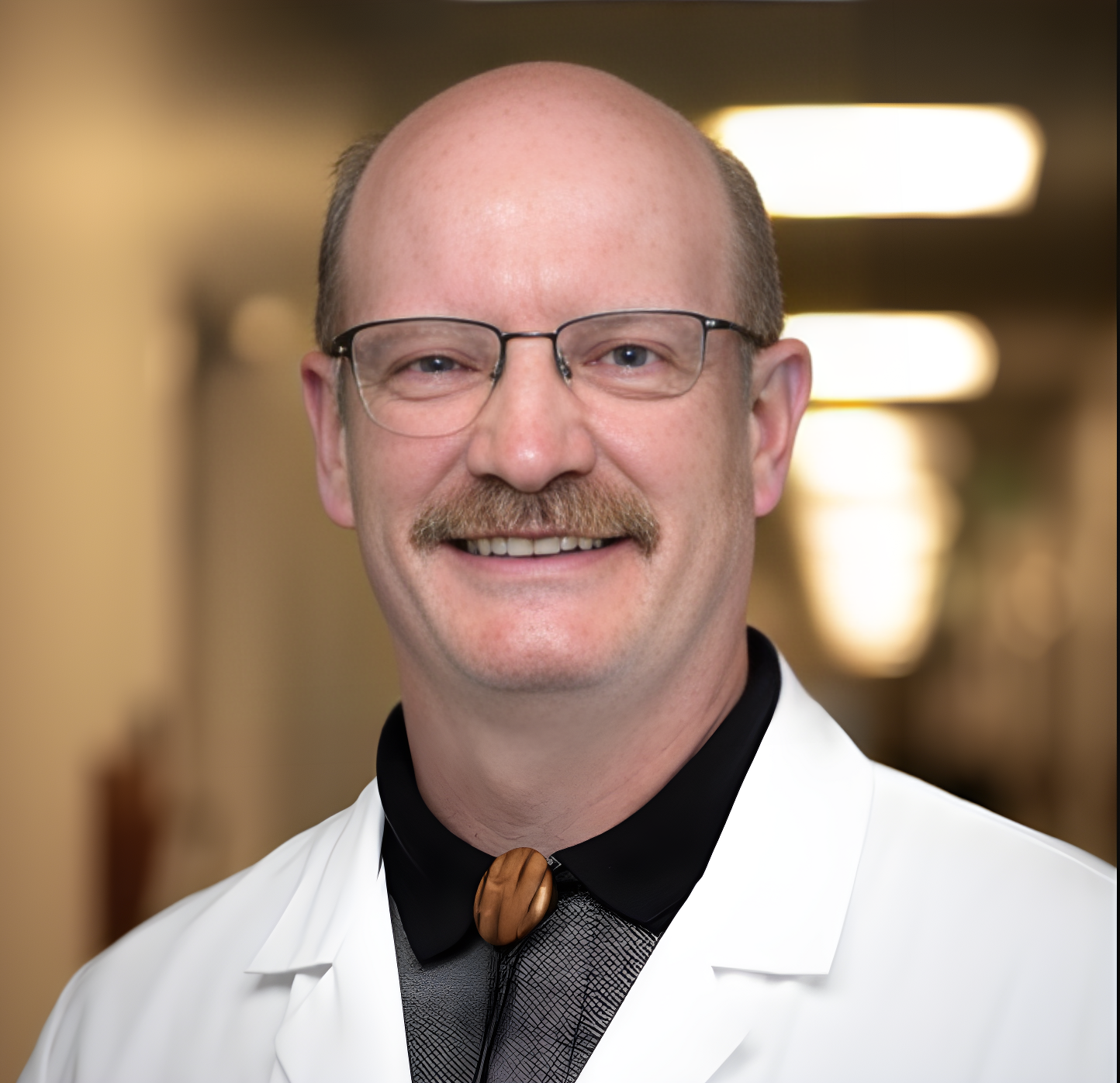Video
Understanding How Disruption of the Gut Microbiome Leads to CDI
Author(s):
The panel reflects on how disruption of the gut microbiome leads to the proliferation of Clostridioides difficile.
Transcript:
James A. McKinnell, MD: I want to get a little nerdier. I’m being specific to talk about the disruption in the gut microbiome that leads to C difficile [Clostridioides difficile]. It’s a huge topic. I understand that. We’ll see what we think, but I’ll turn to you, Kelly, to see if you have a thought.
Kelly R. Reveles, PharmD, PhD, BCPS: Dr Khanna hit on some of these points earlier. You’re going back to the role of the microbiome in preventing infection. We know that the microbes are involved in immune modulation and colonization resistance, maintaining gut-barrier integrity. When your gut microbiome is in dysbiosis, you don’t have as much functional capacity to maintain those protective mechanisms. What happens with C difficile is if you were exposed to the C difficile spores and you’re in dysbiosis, not only are you more likely to be colonized with C difficile, but it also creates an environment that’s more suitable for C difficile to come out of its pore phase into the vegetative phase where it’s growing and producing toxins that lead to clinical disease. One of the primary environmental changes we see is that tip in the balance of primary bile acids and secondary bile acids. Primary bile acids are thought of as pro-germinants; secondary bile acids, antigerminants. In dysbiosis, we see a tip to where the metabolism from primary to secondary is reduced. We have a higher abundance of primary bile acids that ultimately lead to this environment that can aid C difficile in proliferating and producing toxins and disease.
James A. McKinnell, MD: Gentlemen, any other comments?
Sahil Khanna, MBBS, MS: That’s fair. Just to add on, as you see more germination of the C difficile spores of vegetative forms, C difficile has some paracrine effects on the microbiome that further disrupts the microbiome and does not allow the healthy bacteria, the bacteroidetes and the firmicutes, to grow and proliferate. It has a detrimental effect. Of course, talk about the treatments, which further disrupt the gut microbiome because you got to treat the C difficile, but it’s not the best way to treat C difficile.
James A. McKinnell, MD: What you guys are talking about, it seems as if the C difficile becomes a weed that invades our garden and defends itself. It established itself and holds itself. Does that make sense?
Carl V. Crawford, MD: That’s correct. We’ve pointed out the reasons why 2 major phyla are extremely important. One of those phyla is important for the conversion of the primary bile acids into those secondary bile acids and another phyla is important in maintaining that colonization resistance. The bacteroidetes, for instance, which is one of the species from bacteroidetes phyla is actually responsible for maintaining the gut integrity. It’s responsible for increasing the mucus layer that lines the colon. It strengthens the tight junctions between cells, such as enhancing the zonula occludens proteins between the cells within the colon, and it’s also responsible for freeing up certain kinds of polysaccharides that suppress C difficile from releasing its toxins to cause the disease. As long as we can maintain a healthy balance of these particular phyla that are fueled by the right kinds of fibers, we’re in a good situation to prevent an infection of C difficile the best way that we can.
James A. McKinnell, MD: That’s phenomenal to look at the idea that if we’re feeding our bacteroidetes, they are defenders in this space to make sure that all those physiological changes occur so we get less C difficile.
Carl V. Crawford, MD: Correct. The firmicutes, for instance, are the gatekeepers, so they’re preventing those spores from germinating. That would lead to a vegetative form of C difficile caught releasing a toxin that causes liver disease. That brings us to, what is C difficile and how does it work? If we go to that nerdy view, C difficile is a gram-positive spore-forming anaerobic rod that lives within the gastrointestinal tract. It exists. Those are 2 forms, and that spore form is 1 of the tougher aspects of C difficile that we must deal with as clinicians because this spore is extremely hardy. It can survive on a surface for up to 6 months. It’s highly resistant to alcohol, heat, and light, so it just persists. And it’s easy to reinfect oneself or infect oneself from an environment that’s been left alone for months. That’s in contrast with the vegetative forms, which are the living bacteria responsible for causing the disease. These living bacteria cause disease by secreting a couple of different toxins. We call them toxin A or toxin B. In certain strains, there’s a binary toxin as well that can enhance the disease, and those are the vegetative forms. When we’re treating patients with C difficile, we’re trying to treat the vegetative forms, but then we run into another problem that we’ll get to: how do we handle the spores, which we can’t treat but are very hardy and around us all the time.
James A. McKinnell, MD: In the context of that discussion from the transition from the spore form to the vegetative form of C difficile, what triggers that? If the bacteroidetes is preventing the spores from establishing camp, what controls that sporulation process?
Kelly R. Reveles, PharmD, PhD, BCPS: Certain bacterial taxa we know are involved in the metabolism of primary to secondary bile acids. Clostridium scindens [C scindens] is 1 that we know of that aids in the metabolism of primary to secondary bile acids through the 7-alpha-dehydroxylase pathway. That’s 1. If we’re deficient, it could potentially create an environment where C difficile spores are going to germinate out of the spore phase into the vegetative phase.
James A. McKinnell, MD: To summarize what we’ve learned: we all should listen to Sahil’s grandmother. We want to make sure we’re feeding ourselves good, healthy fibers. That fertilizes our garden in our microbiome. What we’re talking about is promoting the bacteroidetes phylum to protect invasion from other organisms, particularly C difficile. The other part is that C scindens is responsible for controlling that conversion from the spore form to the vegetative form of C difficile. This dysbiosis is primary to health as it relates to C difficile.
Carl V. Crawford, MD: One hundred percent.
Kelly R. Reveles, PharmD, PhD, BCPS: Absolutely.
James A. McKinnell, MD: Thank you for watching this HCP Live® Contagion® Peer Exchange. If you enjoyed the content, please subscribe to our e-newsletters to receive upcoming Peer Exchanges and other great content right in your in-box.
Transcript edited for clarity.





